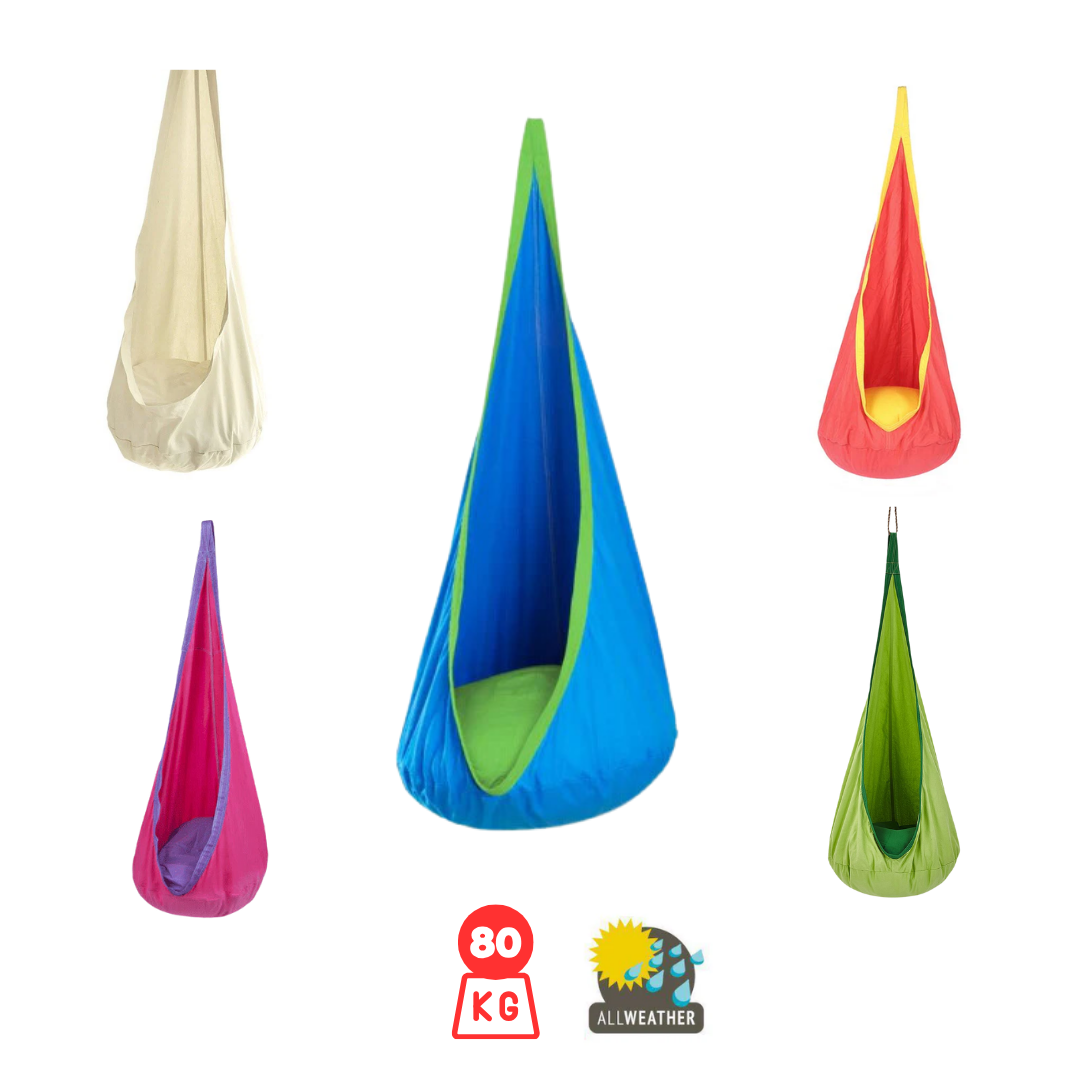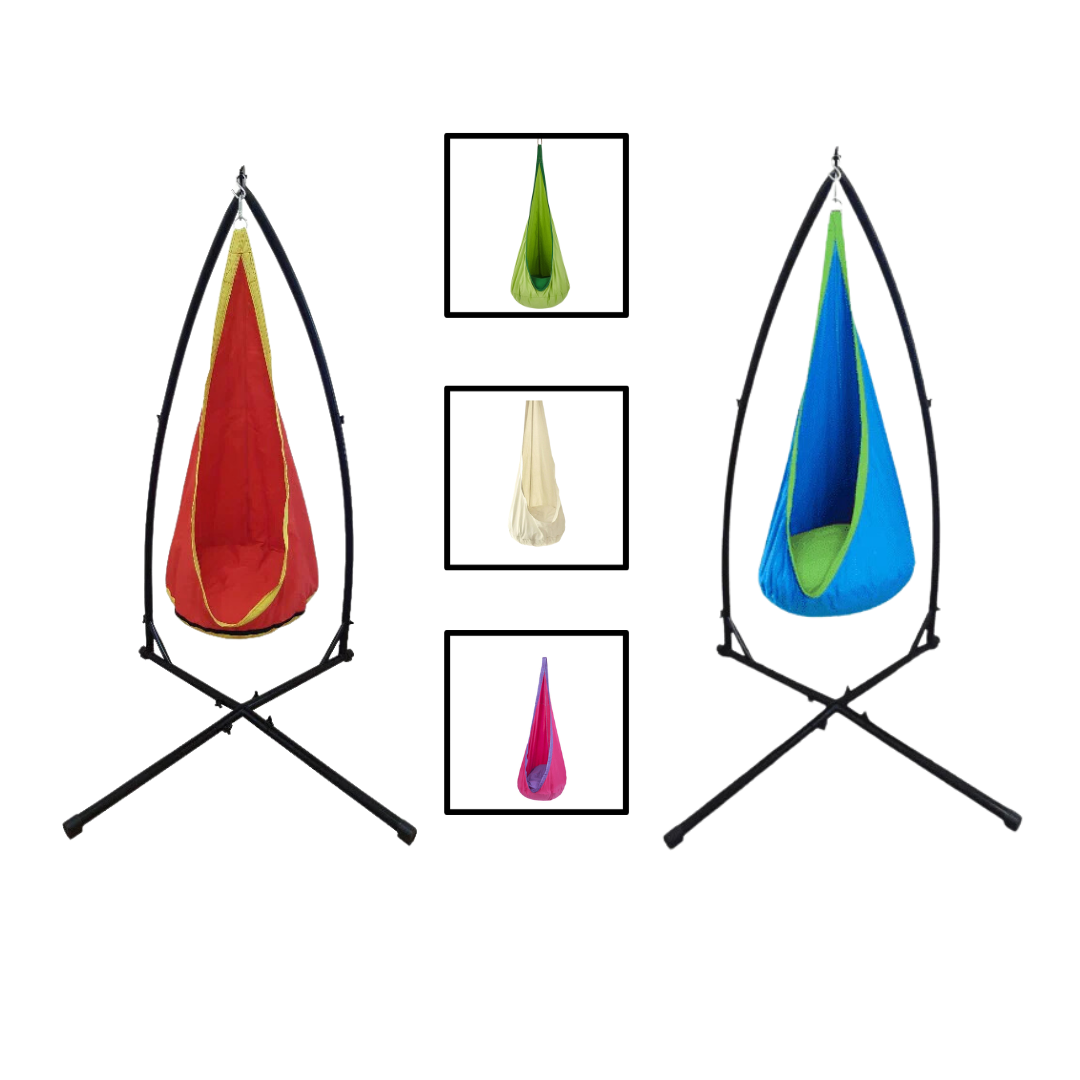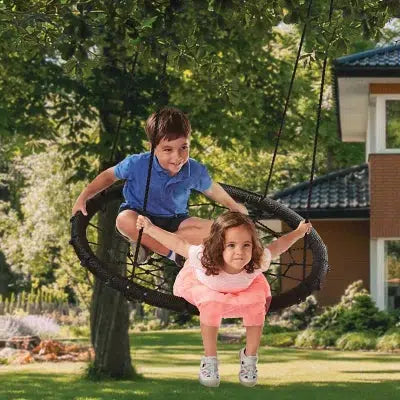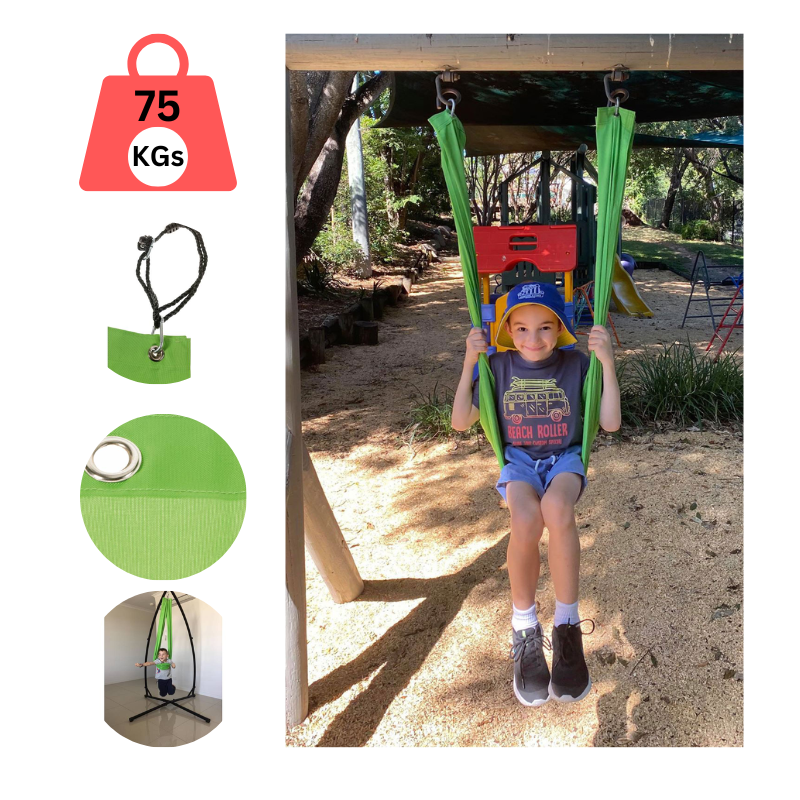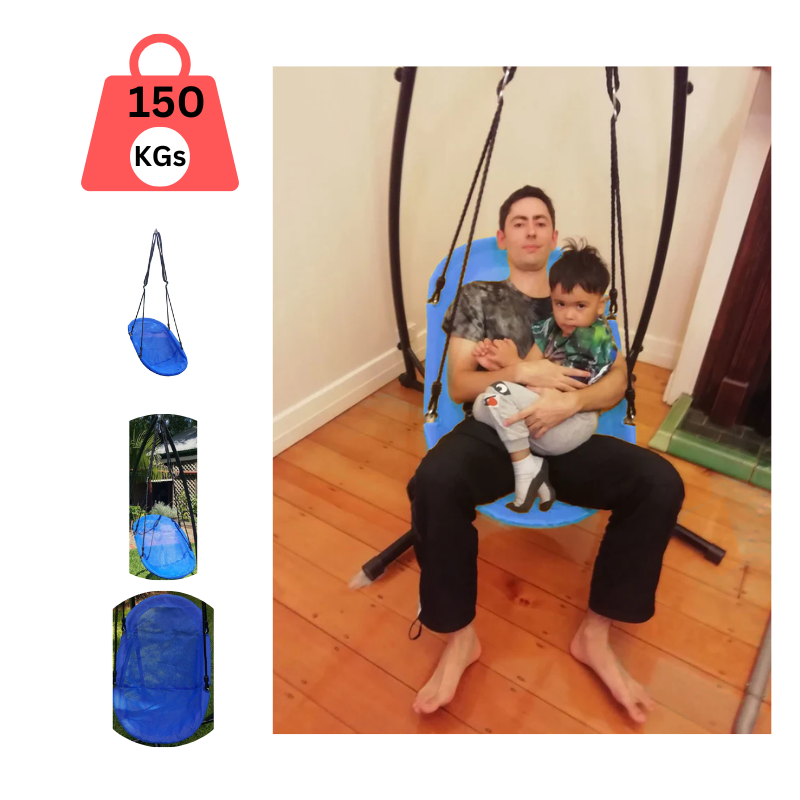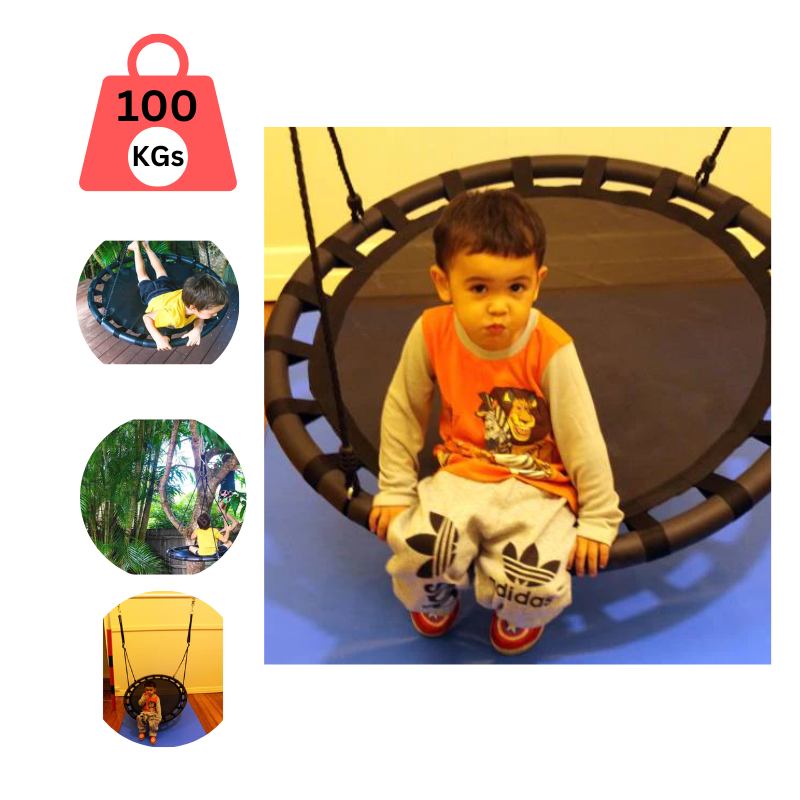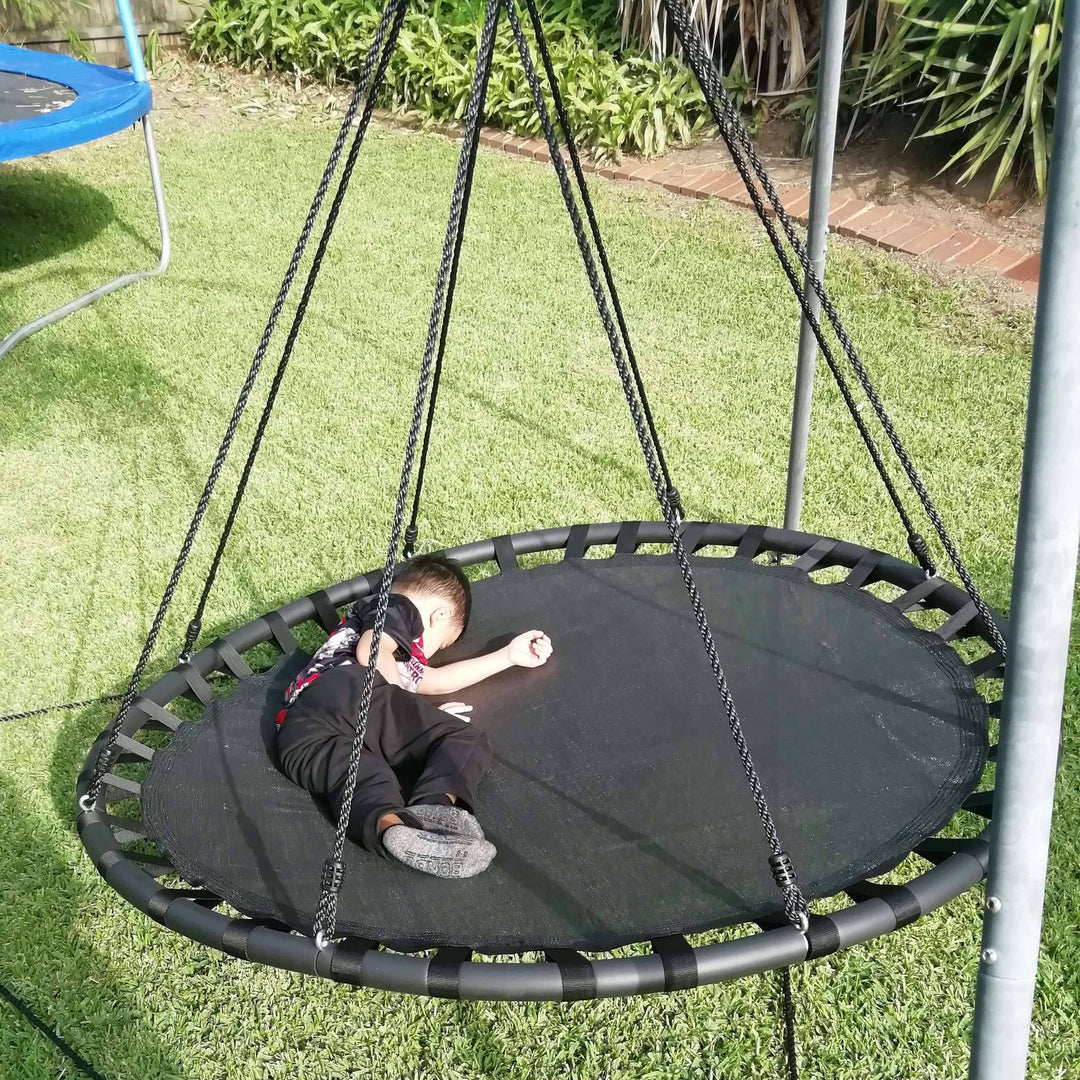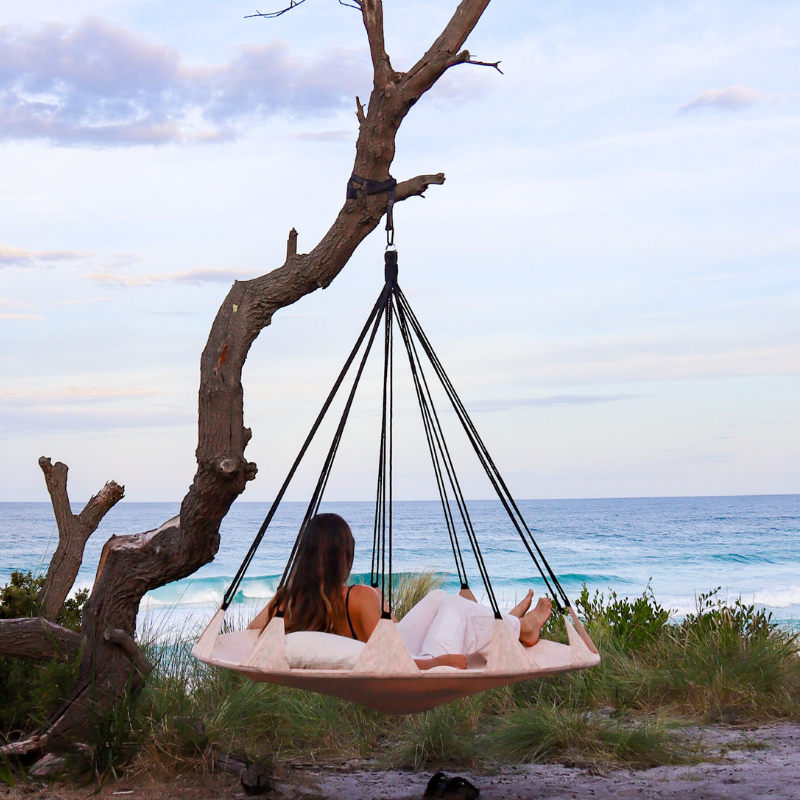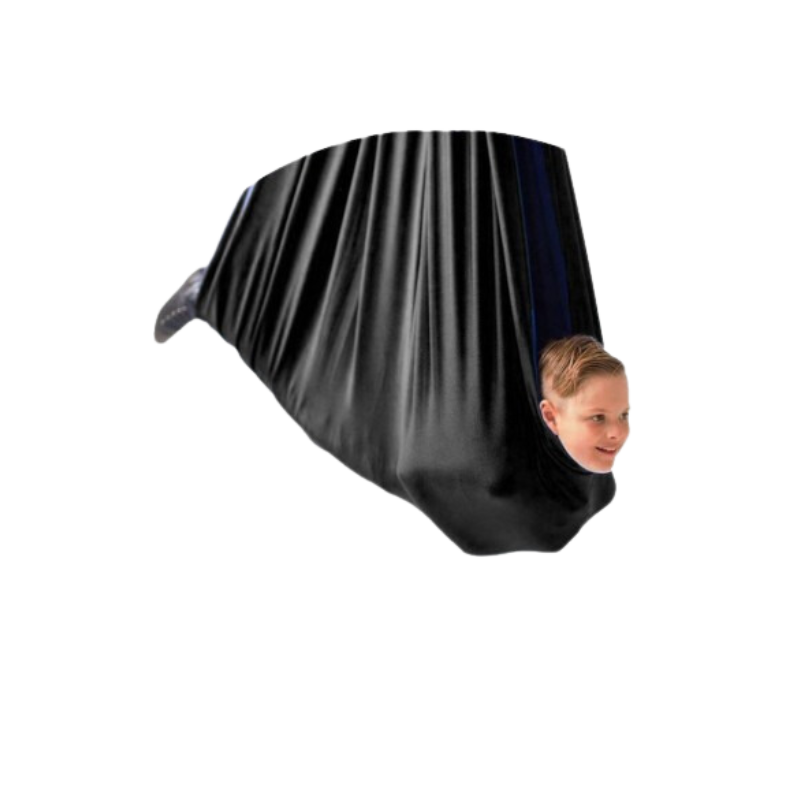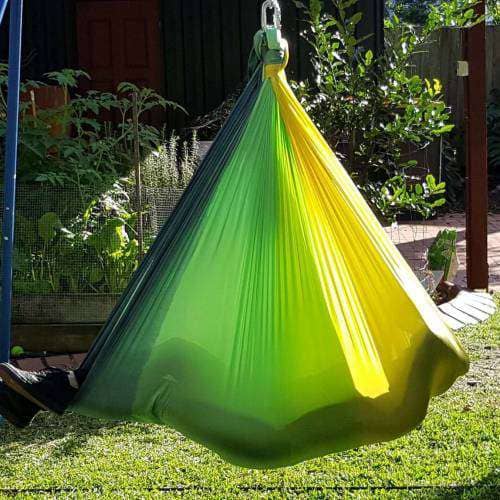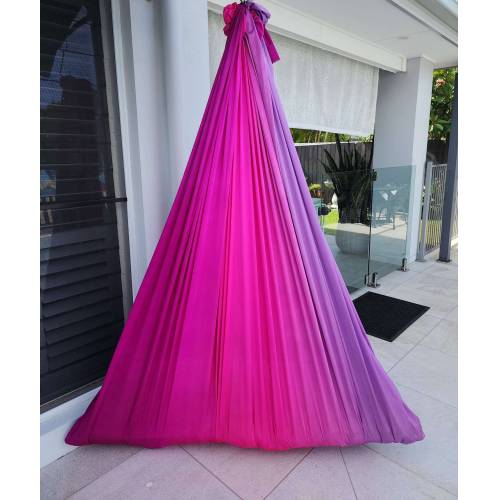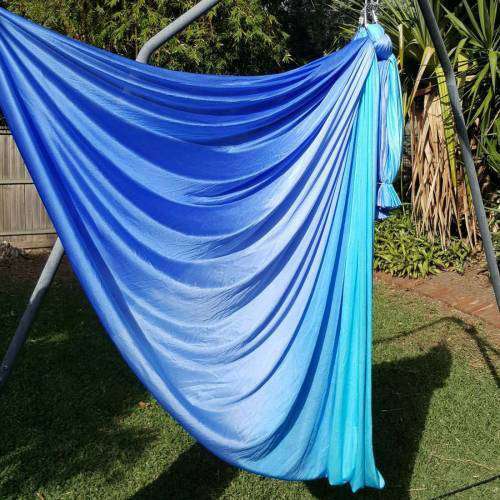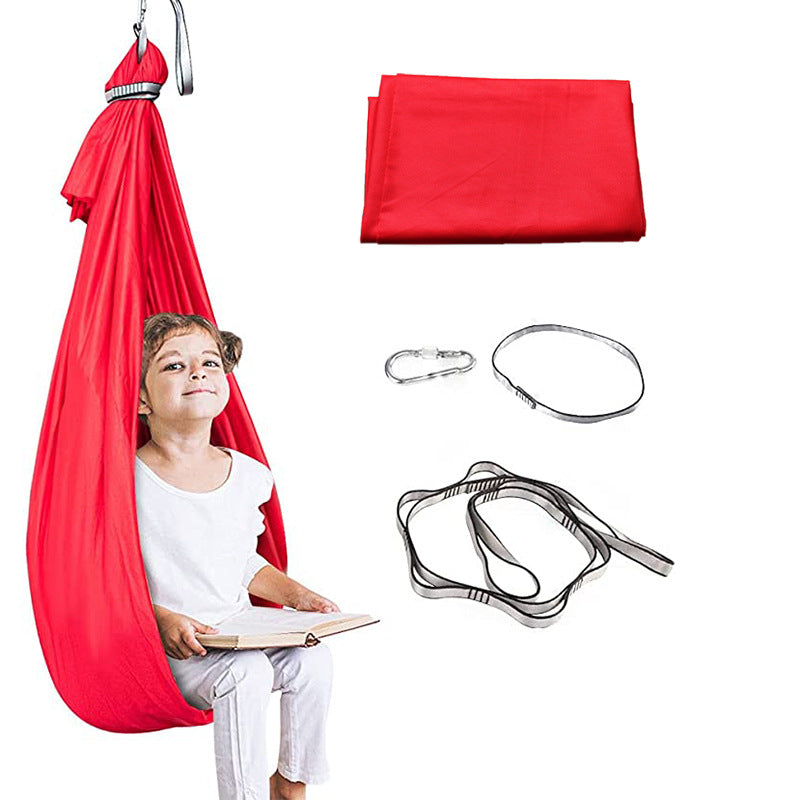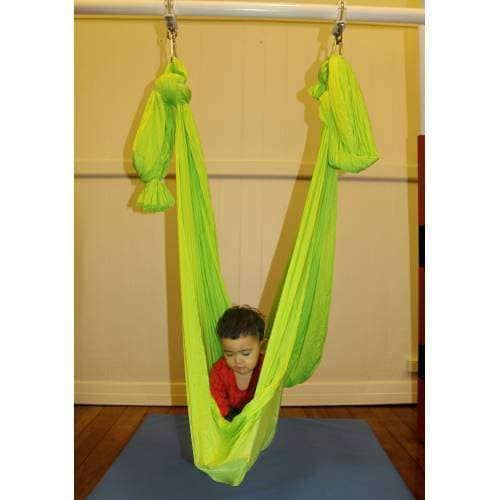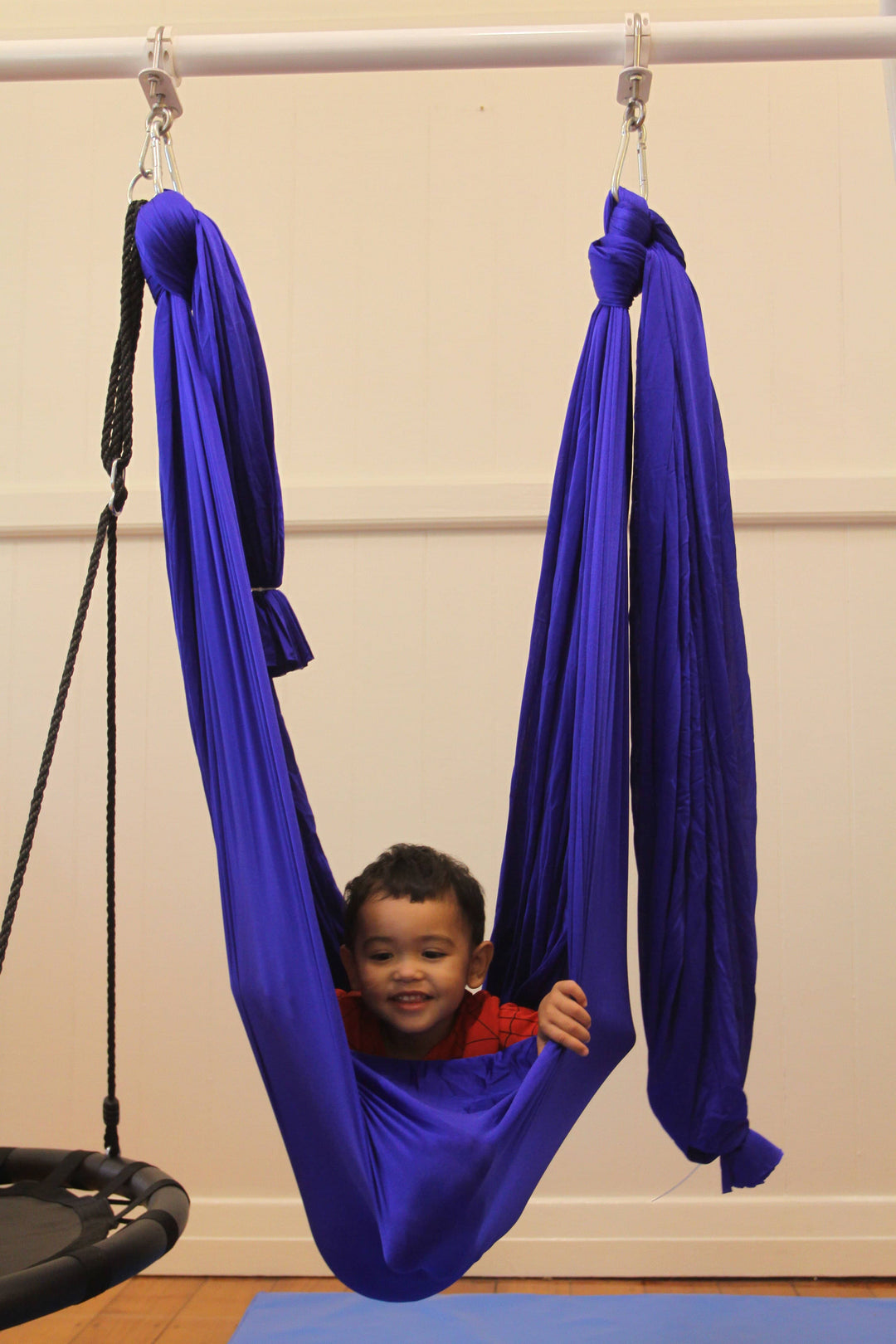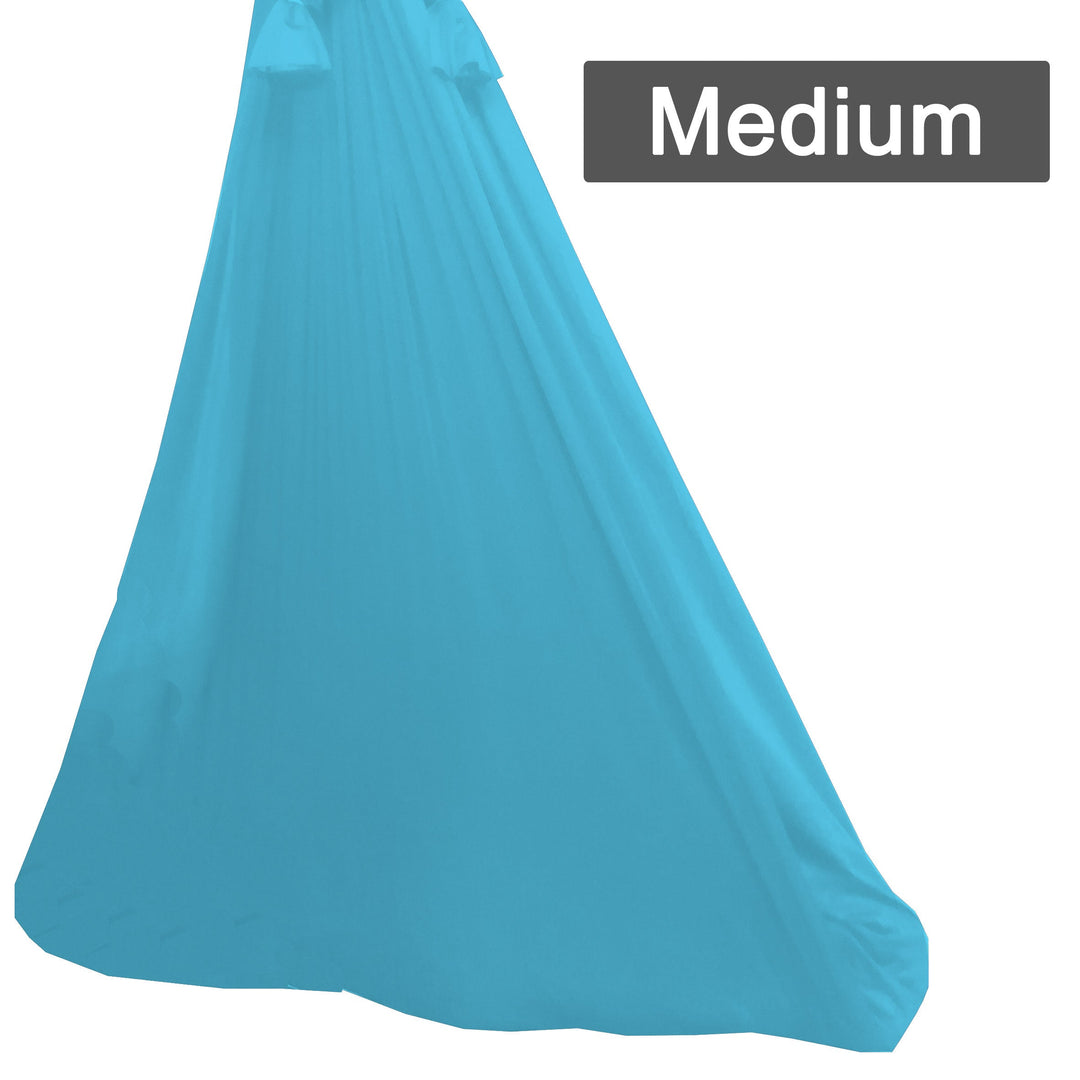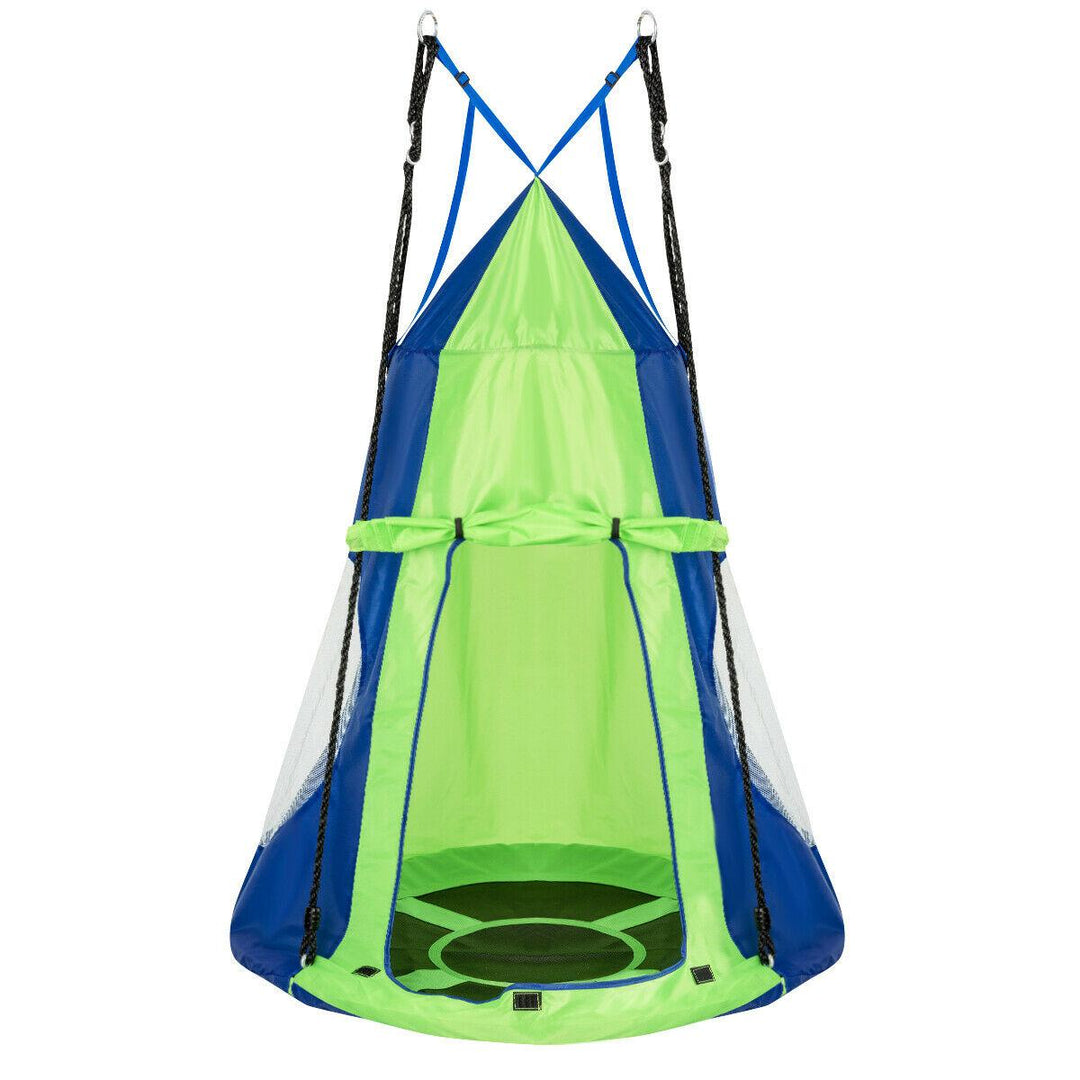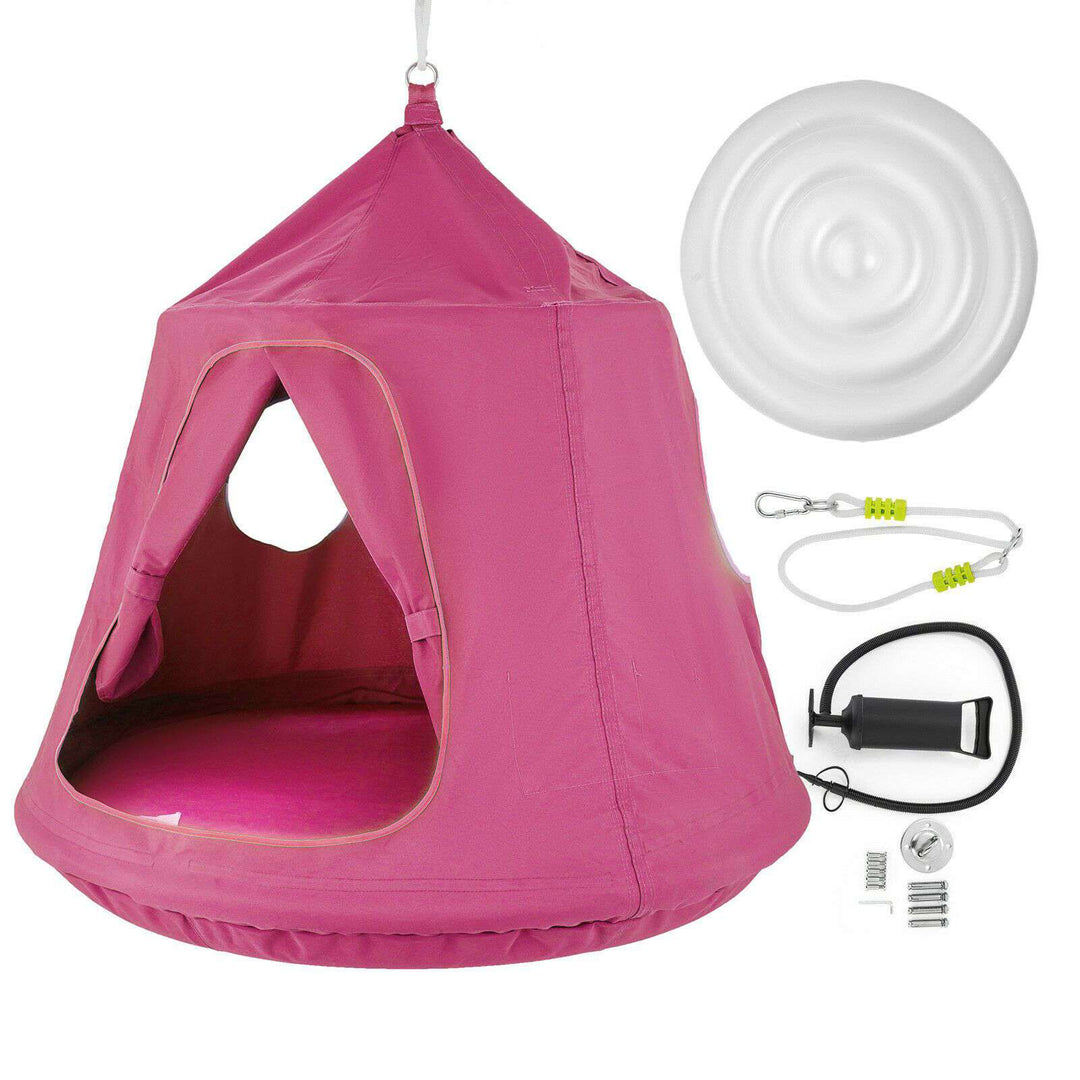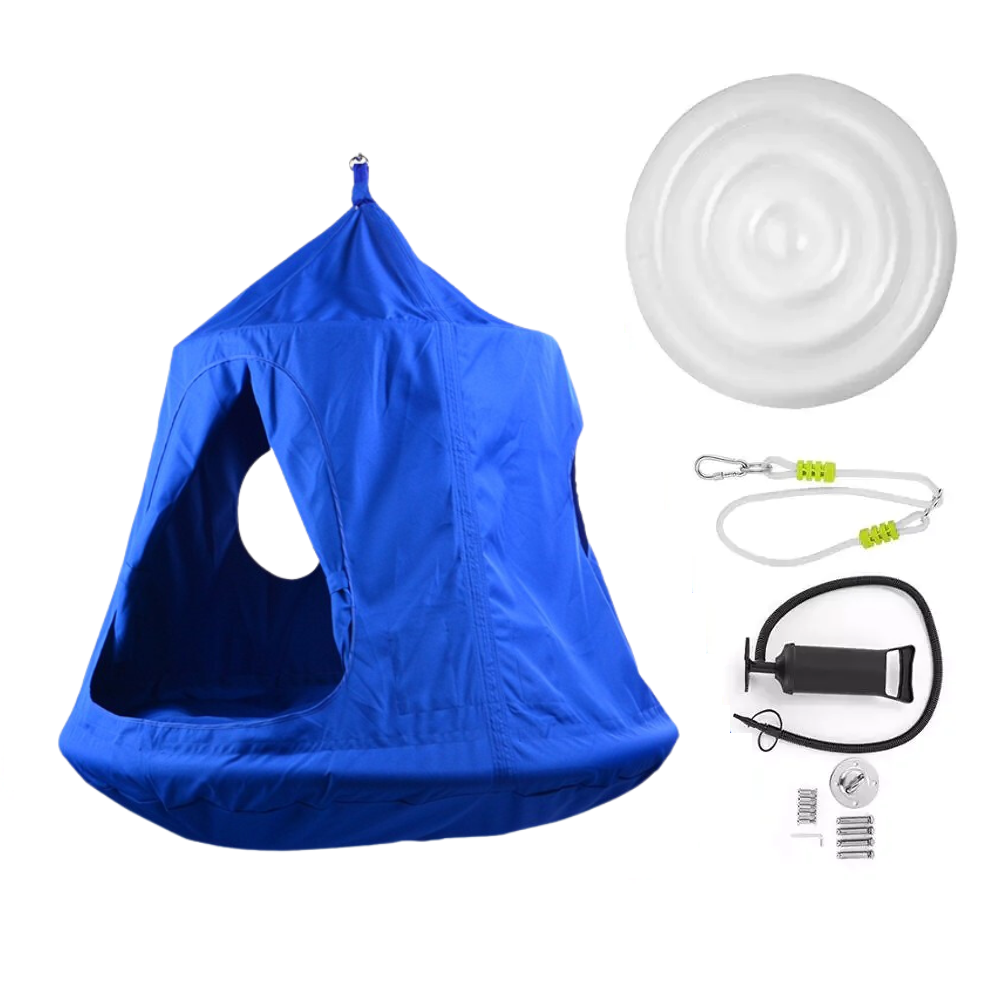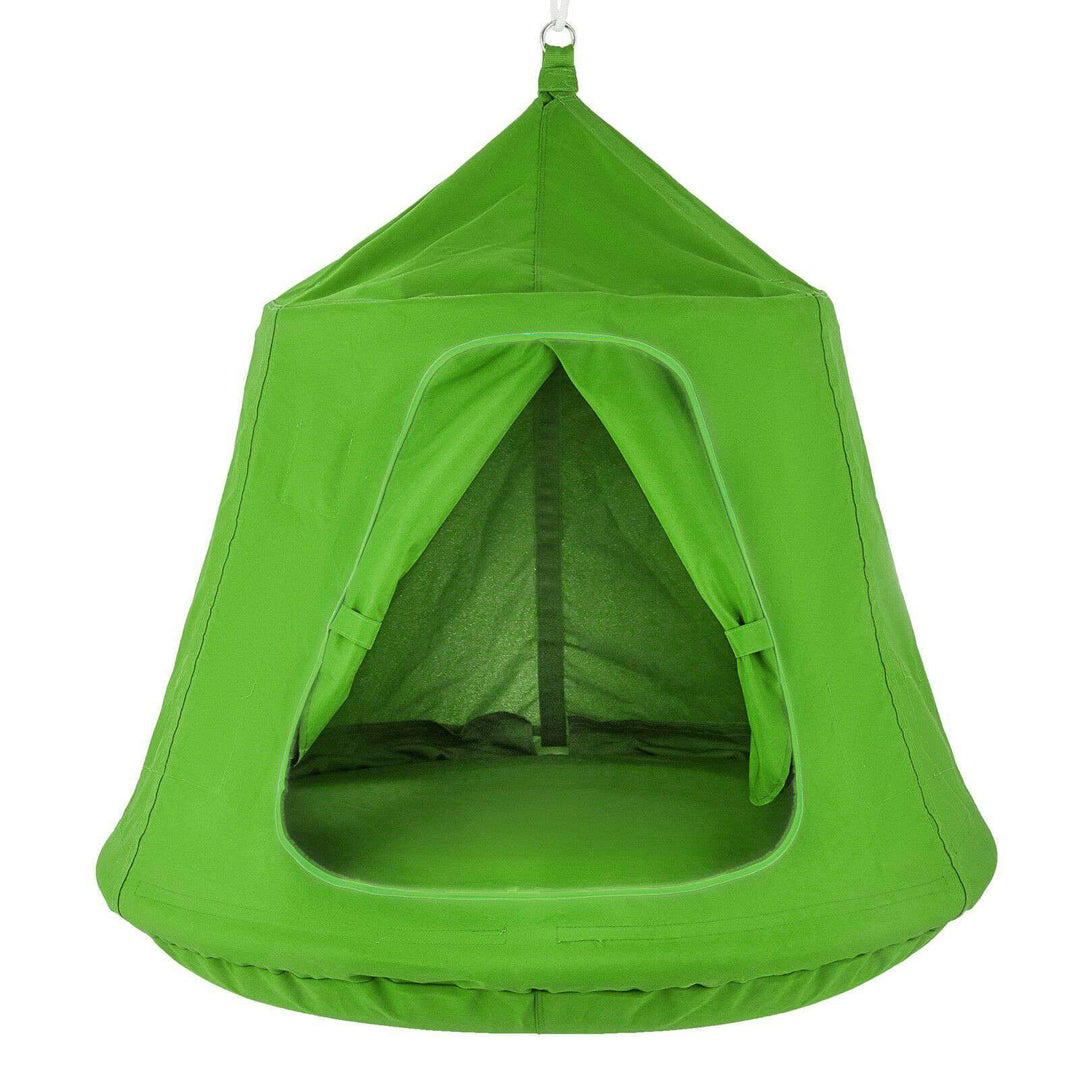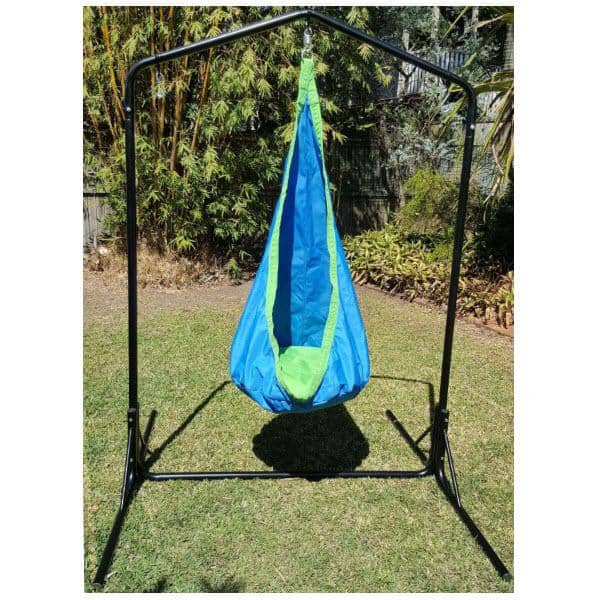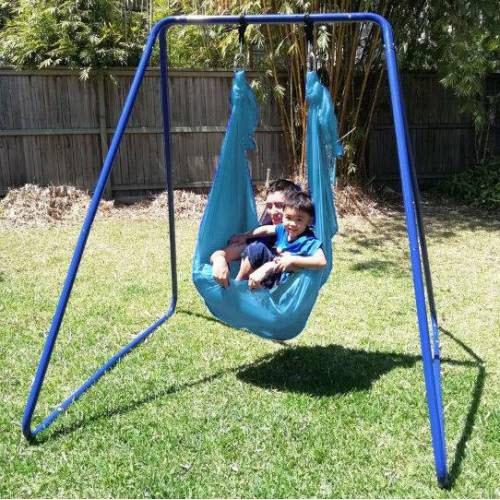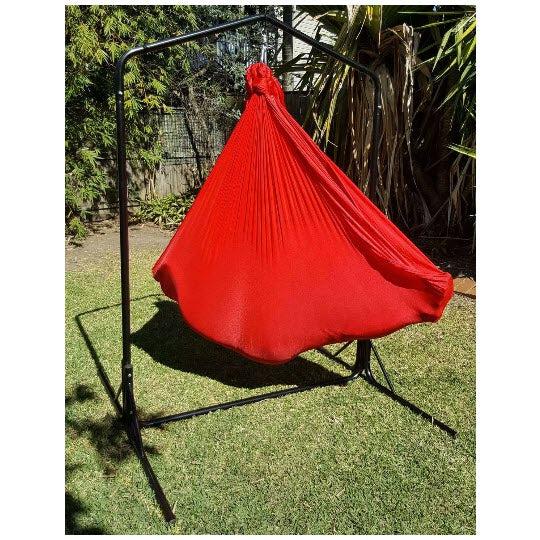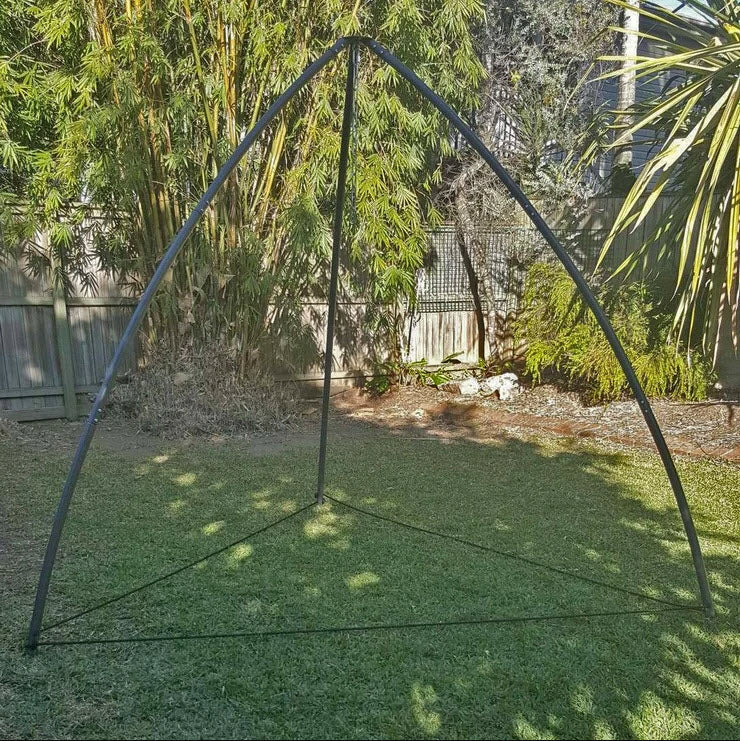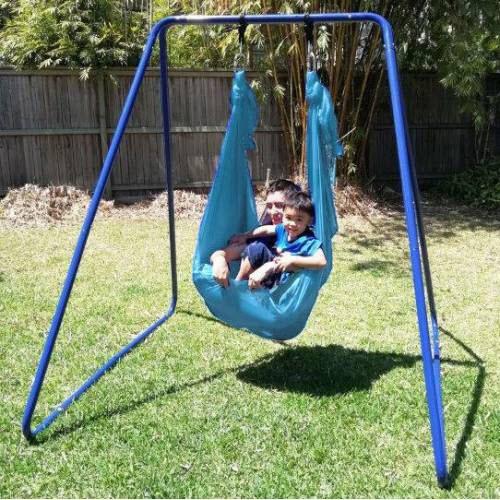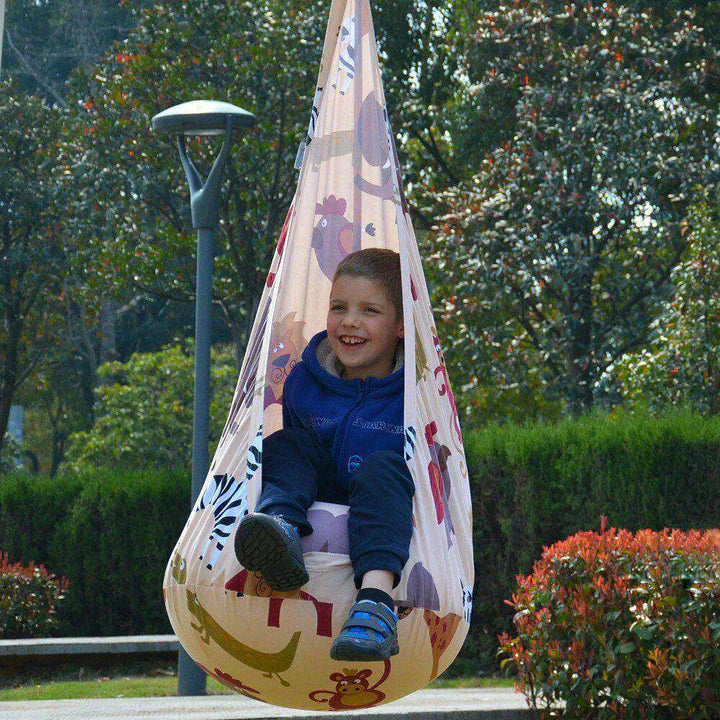NDIS Sensory Swings – Comfort, Therapy & Fun
Sensory swings aren't just fun, they support brain development, balance, and relaxation. Perfect for kids with autism or sensory needs, our NDIS-approved swings help strengthen the vestibular system.
Siesta Hammocks offers swing seats, pods, and nest swings built for therapy at home, school, or clinics.
Shop now and create a calming space that supports sensory integration and brings joy to children and adults alike.
Let customers speak for us
Common FAQs for Therapy Swings
- Make sure all the necessary parts are complete.
- Remove the inflatable cushion from the vacuum-sealed bag.
- Open the pod swing zip and put the inflatable cushion inside.
- Connect the air pump to the inflatable cushion and pump it up.
- Close the zip and make sure the zip is completely closed up to the seat.
- Put together the sensory swing seat and cushion.
Please note: Find the right balance of how you pump the cushion. Make it to the level of how the child is comfortable while sitting in it.
There are a few ways on how to install your sensory swing indoors:
Connect the hanging screw hook to the ceiling
- Connecting the hanging screw hooks
- Find a joist in your ceiling
- Installing your sensory swing
Equipment you need:
Drill
Pencil
Drill Bit
4.Draw the hole location
- Use the ceiling hanging kit to measure where you can drill the holes. Mark its holes with a pencil.
- Please note: The majority of the joists are in different sizes, so some are not wide enough to drill those four bolts.
Solution: Drill at least 2 blots along the joist. Sometimes, two bolts will be enough to support the seat.
Using the drill, drill into the joist where the pencil markings are. Drill each hole. - Clean out the drill using a vacuum, brush, or blowing into the bits. Always use a protective face shield, sunglasses to protect your eyes and not get dust in them.
- Insert the hook into the hole and screw the bolts through the ceiling hook.
- Tighten all the bolts using a screwdriver.
- Connect the carabiner to the sensory swing hook that’s already installed.
- If it’s too high from the ground, you can use a hanging chain kit to extend the seat lower to the floor.
Before your child/children use the swing, pull it down as hard as you can to ensure that it’s installed correctly and can carry your child, if there’s no issue, let your child play away!
- Test the weight of the sensory swing for safety
- Hanging Sensory swing Safety instructions
- Test the weight of the sensory swing for safety
Hanging Safety Instructions
- An ideal safety precaution for hanging sensory swing is to put a mat under the sensory swing in case the child falls so it'll not result in any serious injury to the user.
- It's a must that the distance from the ground should not be more than 35 cm.
- All sensory swings are ideal for gentle swinging only and not for strong swinging.
- Always keep the area from where the sensory swing is installed free from dangerous objects such as toys on the ground, or any other object that might cause tripped over, or a nearby object that can bump the sensory swing.
- Requires adult supervision.
Additional information for adults to instruct children to:
- Dress appropriately while using the swing
- Avoid ponchos, scarves, and any loose-fitting clothing that are potentially hazardous
- Ask your child to sit in the centre with full weight when swinging alone.
Additional important information for adults to instruct children NOT to:
- Walk close to, in front of, behind, or between moving items.
- Get on/off the swing while it's still in motion
- Attach any hard objects or items to the swing.
Yes, sensory swings can be very effective. They help calm the body and mind, improve balance and coordination, and support emotional regulation . Many parents and therapists find them helpful for children with sensory processing challenges, including autism and ADHD .

















